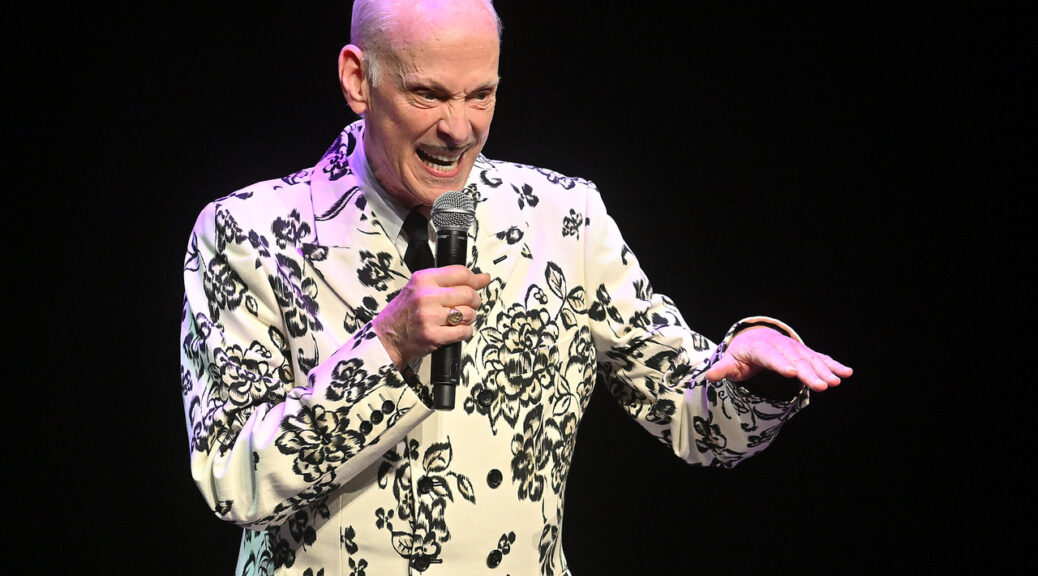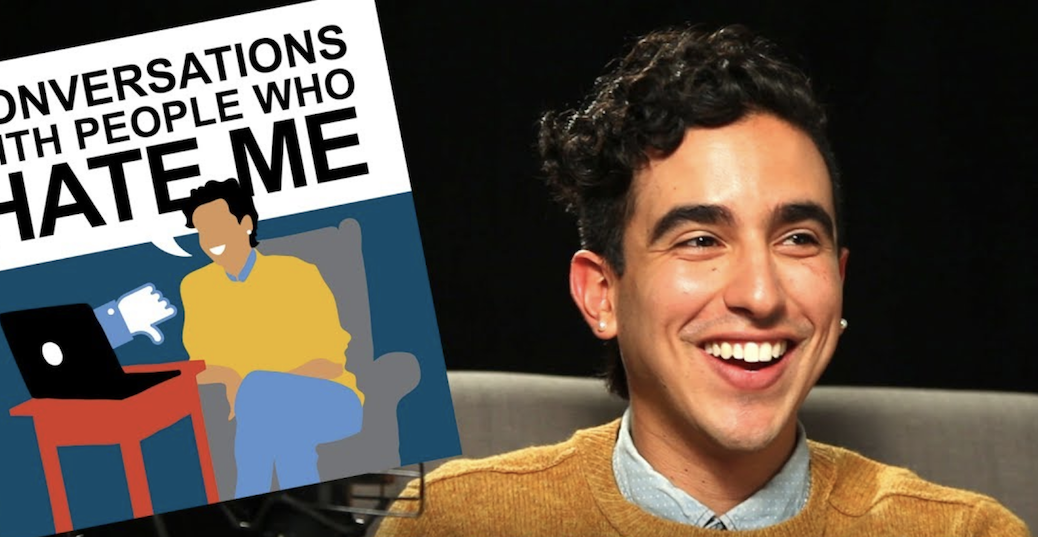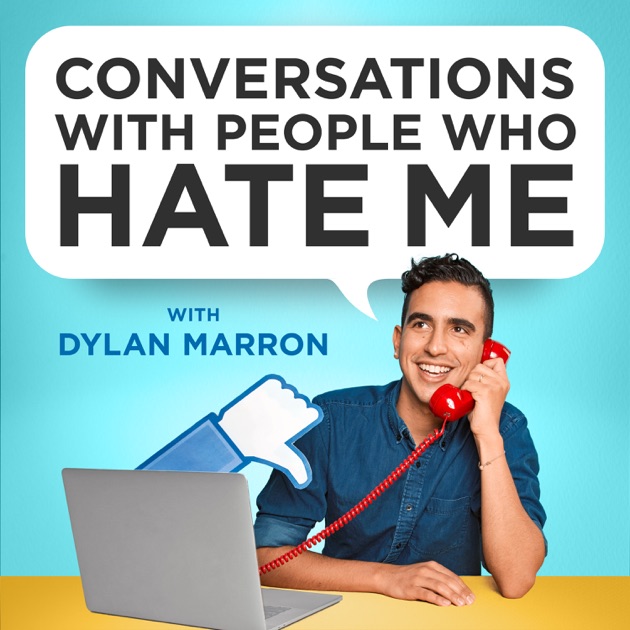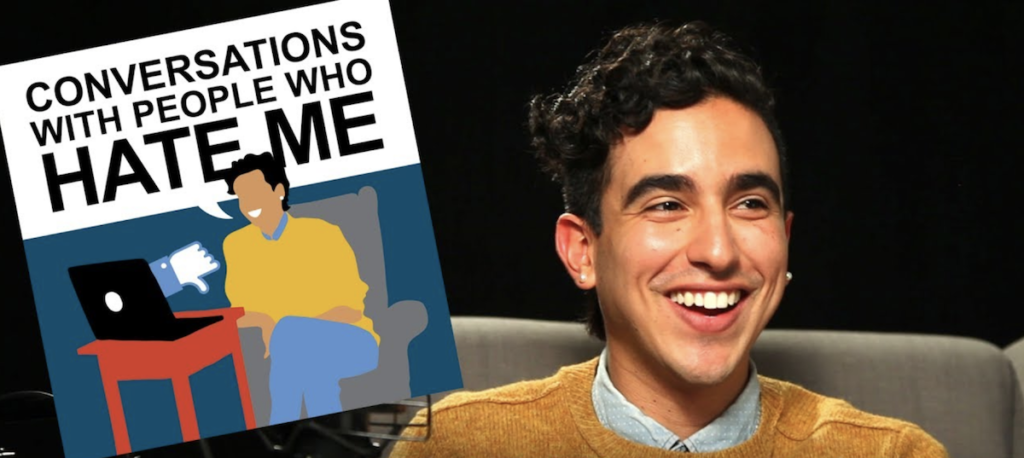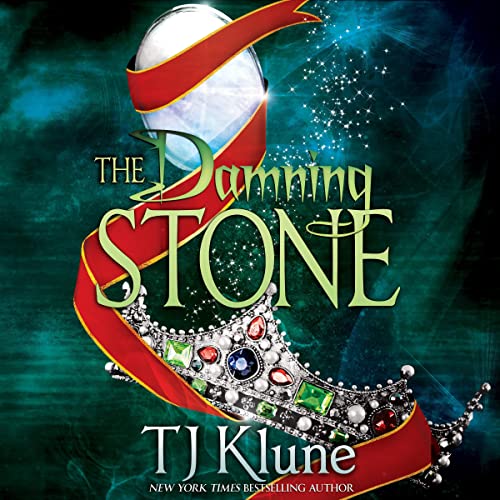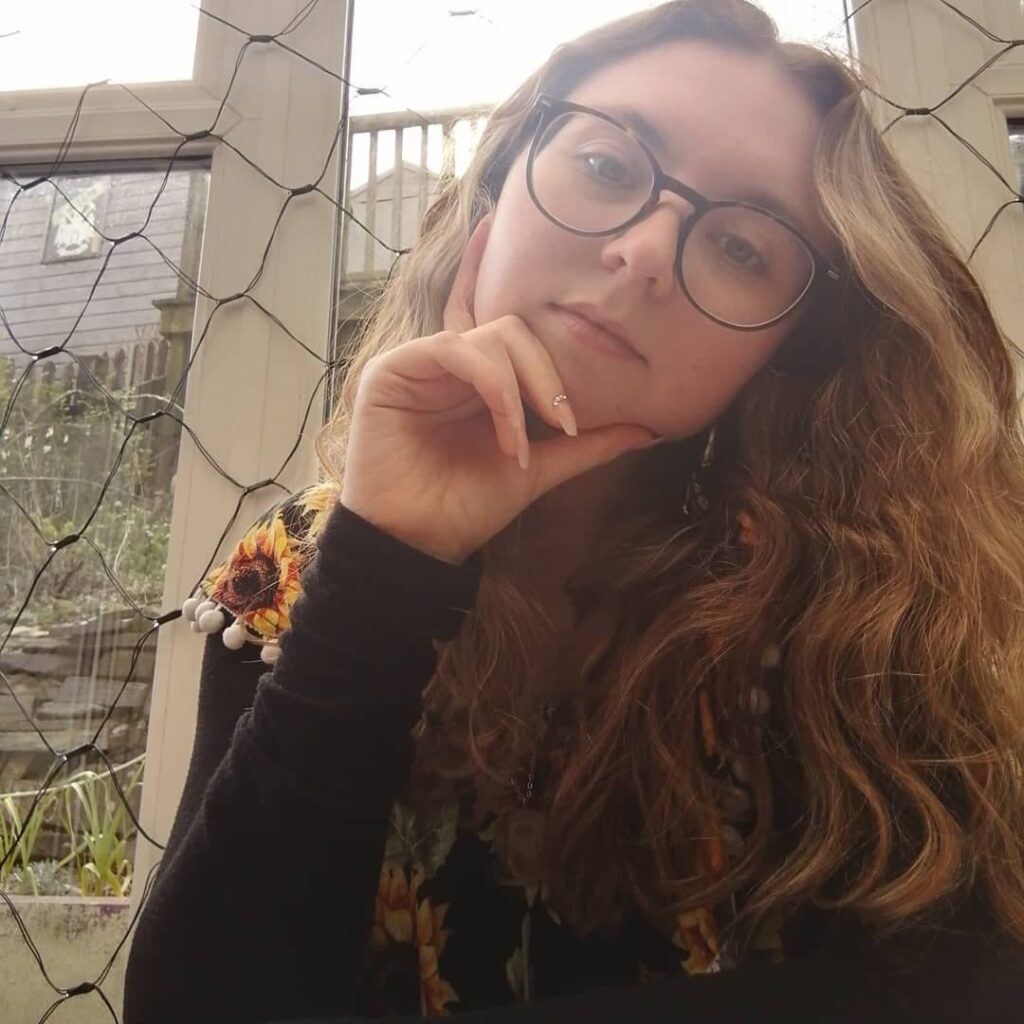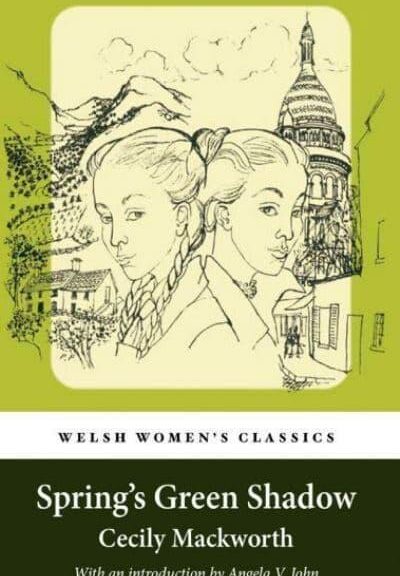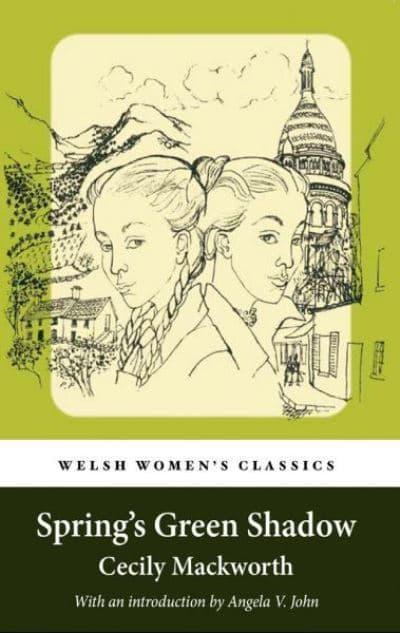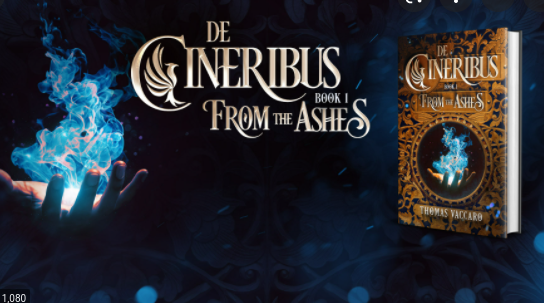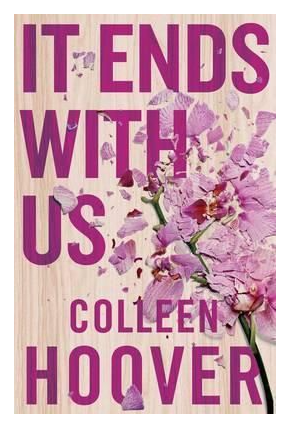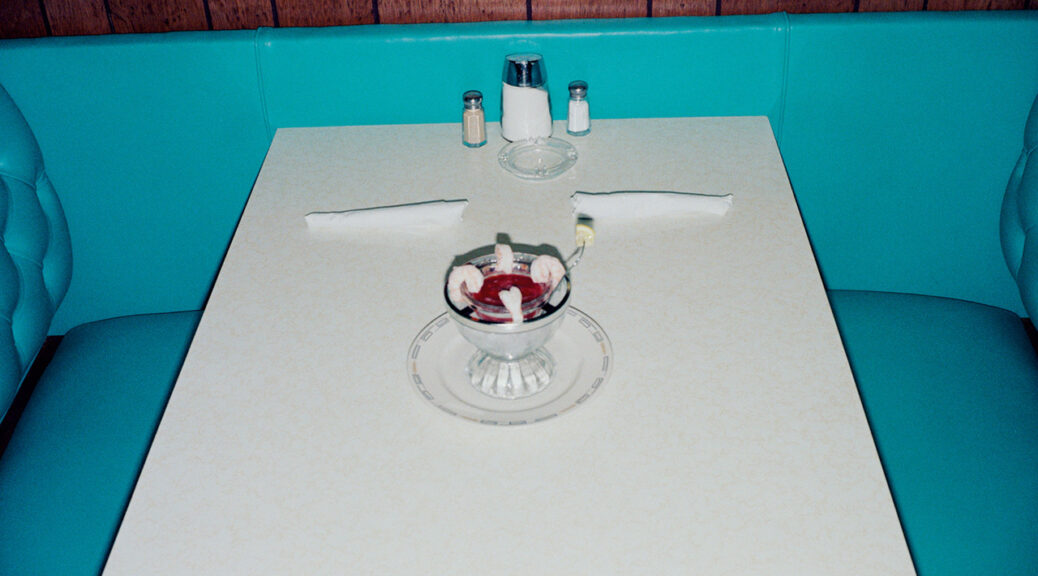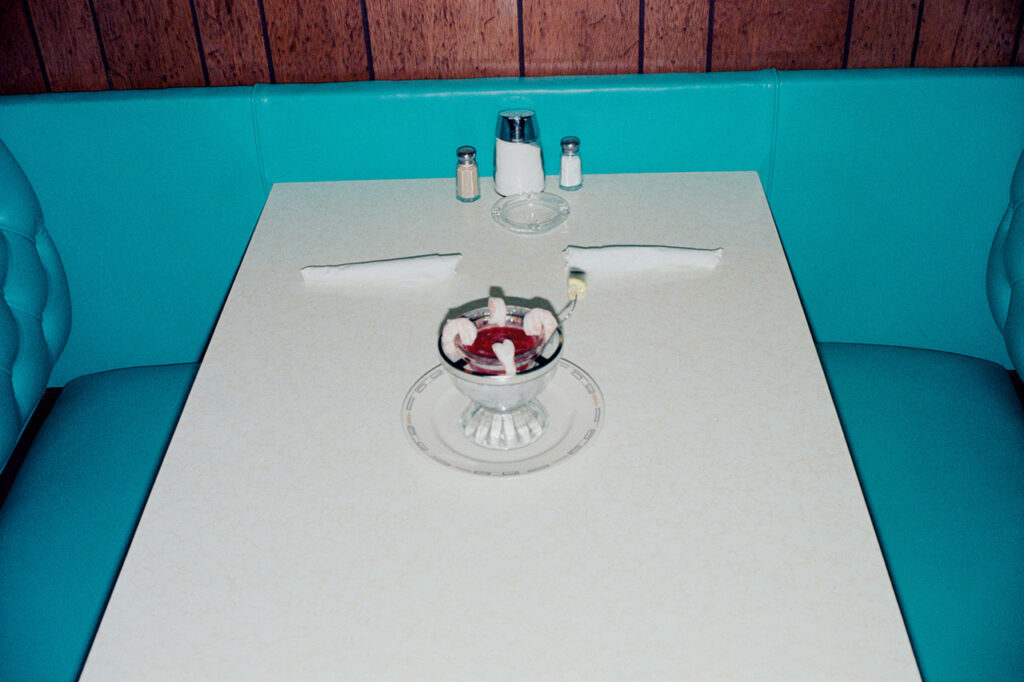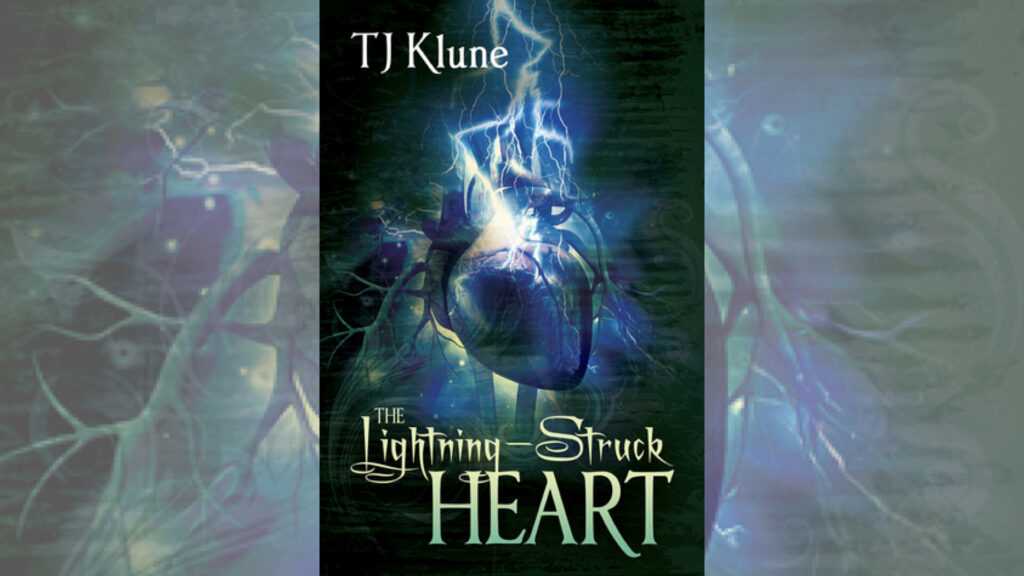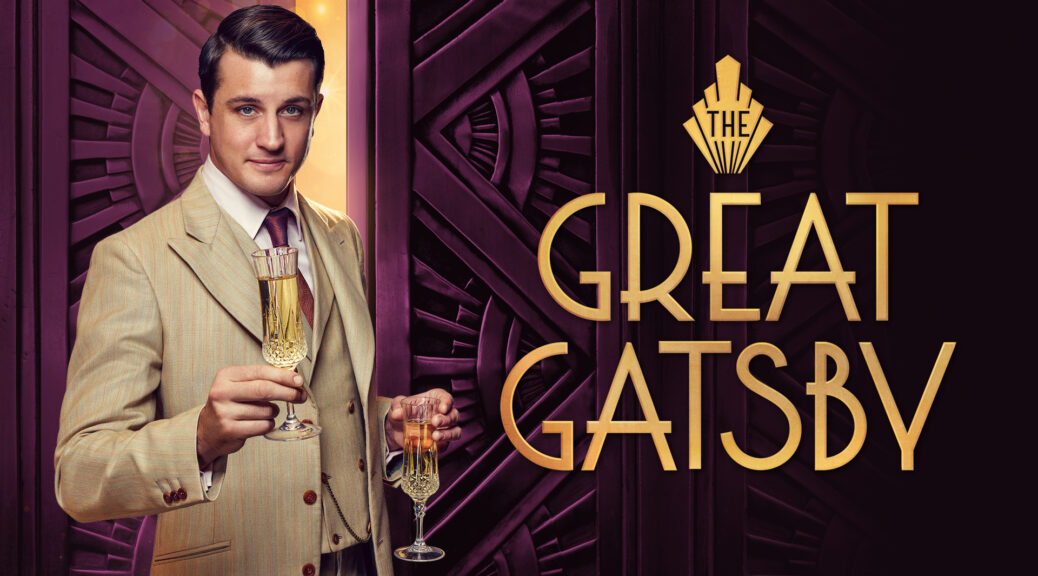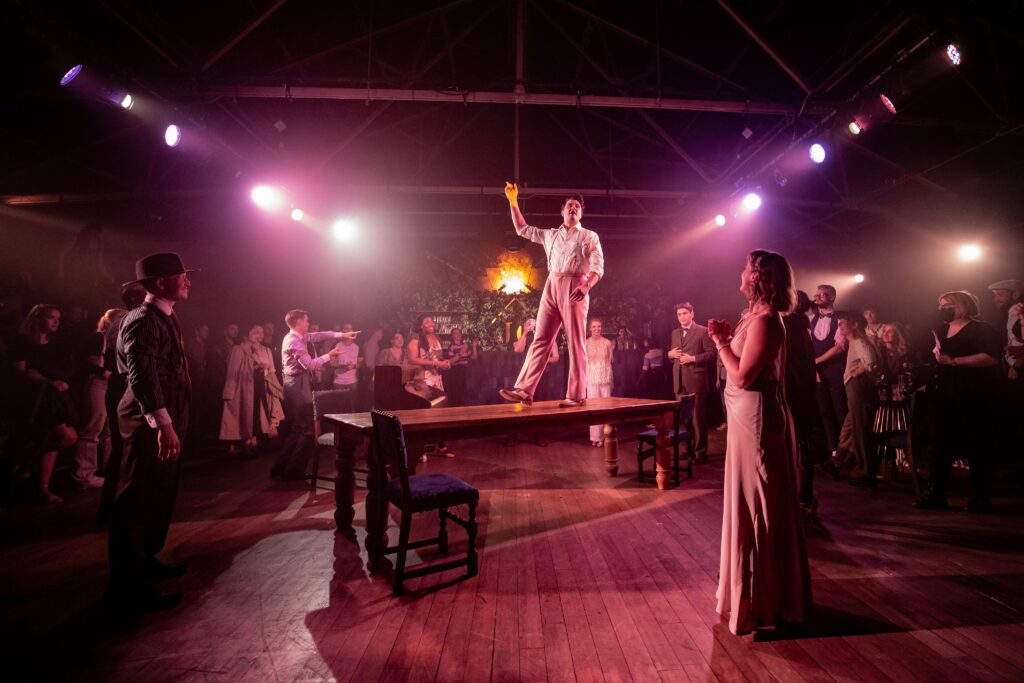Mae Am Ddrama yn gynllun ar y cyd rhwng Theatr Genedlaethol Cymru, Theatr Clwyd a National Theatre Wales i ddod o hyd i sgriptiau a dramâu newydd a chyffrous gan ddramodwyr sydd wedi eu lleoli yng Nghymru.
Dros y flwyddyn nesaf, bydd Am Ddrama yn galluogi dramodwyr i anfon eu sgriptiau a’u dramâu anghyhoeddedig yn ddienw at banel eiddgar o ddarllenwyr i gael adborth gwerthfawr. Mae’n bosibl y bydd cyfle i’r sgriptiau mwyaf addawol gael eu datblygu, gan baru’r sgript a’r dramodydd gydag un o’r tri sefydliad sy’n fwyaf addas i’w datblygu, ei chomisiynu a’i chynhyrchu.
Mae Arwel Gruffydd, Cyfarwyddwr Artistig Theatr Genedlaethol Cymru,yn esbonio sut mae’r bartneriaeth hon yn gyfle unigryw i ddramodwyr yng Nghymru:
“Dyma’r cynllun cyntaf o’i fath yng Nghymru. Rwy’n hynod falch ein bod yn cydweithio gyda National Theatre Wales a Theatr Clwyd ar arbrawf mor gyffrous. Gobeithiwn y bydd yn gyfle i ni rannu’r neges yn eang ac yn genedlaethol ynghylch y cyfleoedd sydd ar gael i’n dramodwyr gyflwyno eu gwaith yn y ddwy iaith i dri o’n prif gwmnïau cynhyrchu theatr, trwy ddull ‘siop-un-stop’. Mae Theatr Genedlaethol Cymru yn gobeithio y bydd y fenter hon yn caniatáu i ni glywed gan leisiau amrywiol a dramodwyr newydd o bob oed, waeth beth yw eu profiad blaenorol.”
Yn ystod y broses, bydd y dramodwyr yn cael mynediad at banel eiddgar o ddarllenwyr llawrydd a mewnol, a ddewiswyd gan y tri phartner yn dilyn galwad agored a wnaed ym mis Awst 2021. Mae’r darllenwyr wedi eu penodi am 6 mis, a bydd cyfle arall i ymgeisio am y rôl. Am y 6 mis cyntaf, bydd y darllenwyr yn cynnwys Charles O’Rourke, sydd â chefndir mewn gwaith â llaw, cyfieithu llenyddol ac ymgyrchu cwiar, ac sy’n ddarllenydd sgriptiau i Everyman Playhouse, Lerpwl a Channel 4. Lowri Izzard, a hyfforddwyd yn RADA ac sydd newydd orffen gweithio ar ffilm gomedi nodwedd newydd, sef Brian and Charles, ar gyfer Film4 a BFI. Mary Davies, dramatwrg lawrydd, sydd newydd gwblhau ei Doethuriaeth yn Athrofa Shakespeare a’r RSC. Melangell Dolma, dramodydd, actor a Chydlynydd Datblygu Creadigol gyda’r Theatr Genedlaethol, a Yasmin Begum,o dras Cymreig-Pacistanaidd, sy’n ymgyrchydd, awdur ac ymarferydd creadigol. Ar hyn o bryd mae hi’n gweithio yn Gwasg Honno, y wasg annibynnol hynaf i fenywod yn y Deyrnas Gyfunol. Mae Rahim El Habachi, sy’n Gydymaith Creadigol gyda NTW, ac yn ymgyrchydd dros ffoaduriaid a cheiswyr lloches LHDT+, wedi gweithio gydag Opera Cenedlaethol Cymru a Theatr y Sherman; mae’n berfformiwr ac yn wneuthurwr theatr.
‘Mae’n wych i fod yn cyhoeddi’r rhaglen hon, sy’n agor llwybr newydd a hygyrch at gyfoeth, amrywiaeth a thalent anhygoel ym maes ysgrifennu dramâu yng Nghymru. Mae NTW, ynghyd â’n partneriaid, yn ymrwymo i agor sgyrsiau creadigol gydag awduron o’r llu o gyd-destunau a diwylliannau sy’n creu Cymru gynhwysol a modern. Mae dramodwyr Cymru yn gaffaeliad anhygoel i elfen storïol a hunaniaeth esblygol ein cenedl. Mae’n holl bwysig i sicrhau bod lleisiau profiadol a newydd fel ei gilydd yn cael llwybrau tryloyw a hygyrch i’w galluogi i rannu eu syniadau a gweithio gyda’r prif gwmnïau cynhyrchu.’
Lorne Campbell, National Theatre Wales.
Rhan gyffrous arall o’r cynnig yw’r cyfle i’r darllenwyr barhau i ddatblygu sgiliau dramatwrgaidd. Mae Raphael Martin, rheolwr llenyddol a dramatwrg o dras Prydeinig/Americanaidd, yn berchen ar The Lit Shop Ltd, cwmni rheoli llenyddol ar gyfer theatrau sy’n dymuno cael rôl fel hon ar drefniant ymgynghorol. Mae wedi gweithio fel dramatwrg a rheolwr llenyddol mewn nifer o sefydliadau o fri yn cynnwys yr RSC, Sonia Friedman Productions, ATG, The Bush, The Gate Notting Hill, The Royal Court Young Writers’ Programme, The National, Manhattan Theatre Club a Soho Rep. Ar hyn o bryd, mae ei gleientiad yn cynnwys sefydliadau sydd wedi eu lleoli yn y Deyrnas Gyfunol, yr Unol Daleithiau, Canada ac ac Awstralia.
Mae’r ddramatwrg Ffion Emlyn yn Gymraes sydd wedi gweithio i’r BBC am dros ugain mlynedd, yn bennaf fel Cynhyrchydd Drama Radio i BBC Radio Cymru. Mae Ffion hefyd wedi gweithio fel Golygydd Sgript a Chynhyrchydd Straeon ar rai o raglenni eraill y BBC, megis Casualty a Pobol y Cwm, ac wedi mwynhau datblygu talentau ysgrifennu newydd dros y blynyddoedd.
Mae Theatr Clwyd wrth eu bodd o fod yn rhan o’r cynllun: “Rydyn ni, fel lleoliad, yn credu bod Am Ddrama yn gam pwysig tuag at sicrhau bod lleisiau newydd, amrywiol a thalentog yn cael eu clywed ar lwyfannau ledled Cymru. Rydym yn falch iawn o gael y cyfle i weithio gyda’r Theatr Genedlaethol a National Theatre Wales ar y prosiect cyffrous hwn.” Tamara Harvey, Theatr Clwyd.
Galwad agored yw hon am sgriptiau sydd eisoes mewn bodolaeth, nad ydynt wedi cael eu cynhyrchu ar unrhyw adeg yn y gorffennol, na chwaith wedi eu cyflwyno’n flaenorol i’r un o’r tri sefydliad partner.
Gall y sgriptiau fod ar gyfer unrhyw grŵp oedran ond rhaid iddynt fod ar gyfer perfformiadau byw, yn cynnwys sioeau cerdd. Gwahoddir unrhyw ddramodydd 18 oed a throsodd i gyflwyno’u gwaith yn Gymraeg neu yn Saesneg, a/neu yn ddwyieithog. Darllenir pob sgript yn ddienw, a nodir y dylai sgriptiau fod yn 20 tudalen neu fwy. Bydd y cyfnod ar gyfer cyflwyno sgriptiau yn cychwyn 16 Chwefror 2022 hyd at 31 Mawrth 2022. Cyhoeddir gwybodaeth bellach am sut i gyflwyno sgriptiau yn fuan.
Os oes gennych unrhyw gwestiynau, mae croeso i chi anfon ebost at post@amddrama-playon.cymru, neu cysylltwch trwy neges llais neu neges destun ar 07908 439417.
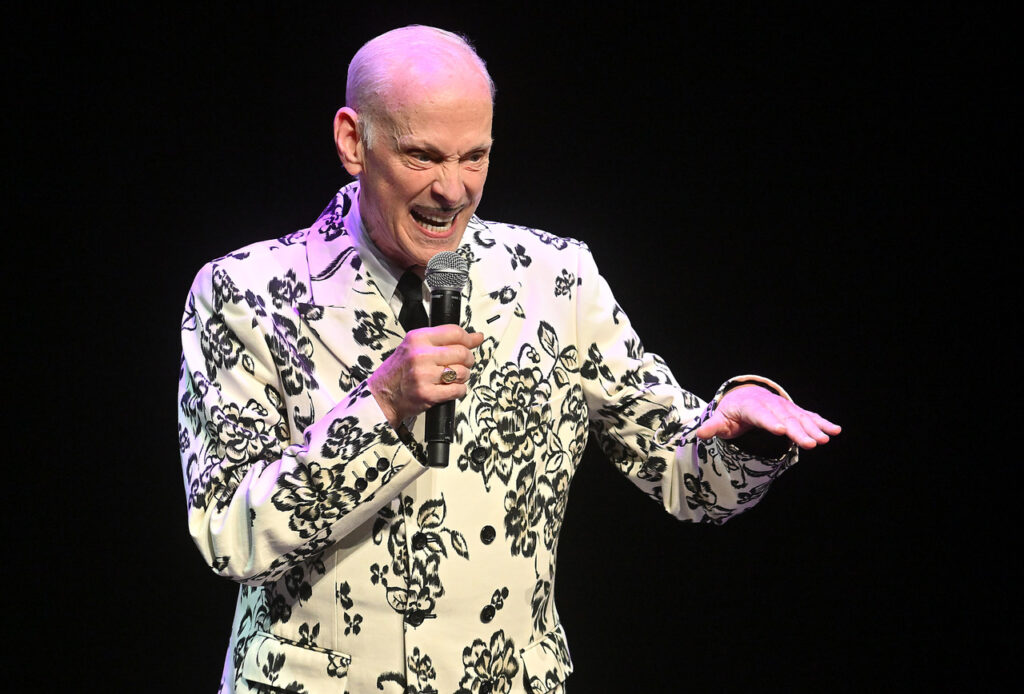
 (4 / 5)
(4 / 5)


